January 2023 Eurorack module round-up
We kick off the new year with this month’s best Eurorack releases, featuring a bargain from Buchla, an updated classic from ALM and an exotic oscillator from Xaoc Devices.
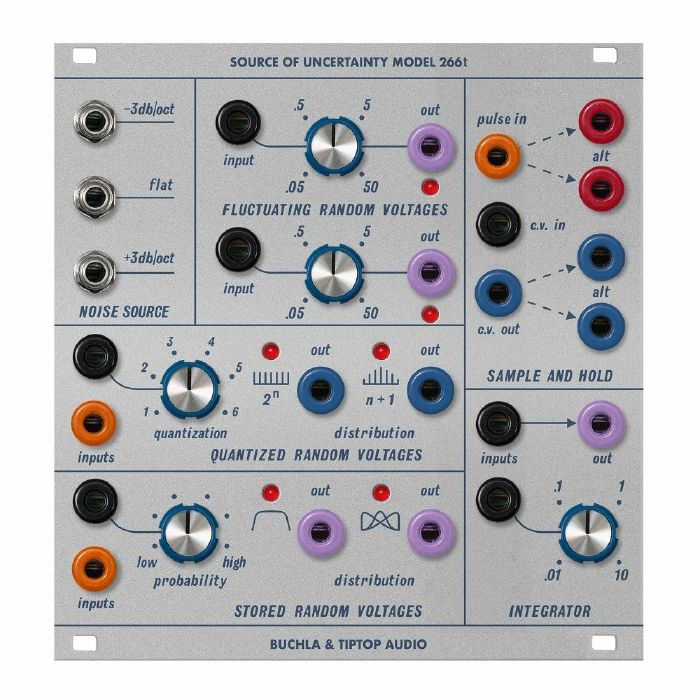
Buchla/TipTop Source Of Uncertainty Model 266t
TipTop Audio’s Eurorack reissues of classic Buchla 200-series modules have been some of our highlights of the last year, offering genuine Buchla sound at remarkably affordable prices. The 266t Source Of Uncertainty is no exception, bringing a 1970s Buchla classic to the Eurorack masses. Buchla’s approach to randomness has inspired modules like the Make Noise Wogglebug and Doepfer A-149-1, but the Source Of Uncertainty offers the purest original Buchla take, combining five different sections in one module: three different noise sources, sample and hold, integrator (slew) and three types of random voltage source (fluctuating, quantised and stored, offering a range of smoothly wandering and stepped voltages).
TipTop’s Eurorack takes on the Buchla classics minimise costs using surface mount technology (the 226t’s circuit board is crowded with tiny components) but retains the exact same functionality as the real deal. To put the price into context, the Buchla-format version of the 266t currently retails at $999, making the Eurorack version a total bargain by comparison. Don’t expect these to hang around long, based on how quickly previous Buchla/TipTop modules have sold out.
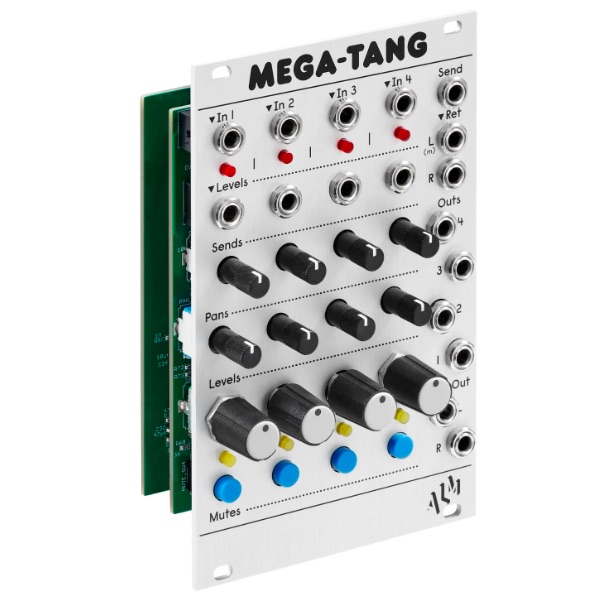
ALM/Busy Circuits Mega Tang
ALM’s Tangle Quartet is one of the best quad VCAs around, offering precision, low distortion and quiet operation with minimal crosstalk. The Mega Tang is essentially an evolution of the concept, expanding on the mixer capabilities to create something with a bit more of a hands-on performance focus. It’s based on the same circuits as the Tangle Quartet, but adds effects sends (mono send, stereo return), pan controls and stereo mix outputs as well as the individual mono outs. The only real downside over the Tangle Quartet is that it takes up a bit more space, but it’s probably worth the trade-off for the extra functionality, coming in at a very reasonable price point just under £240.
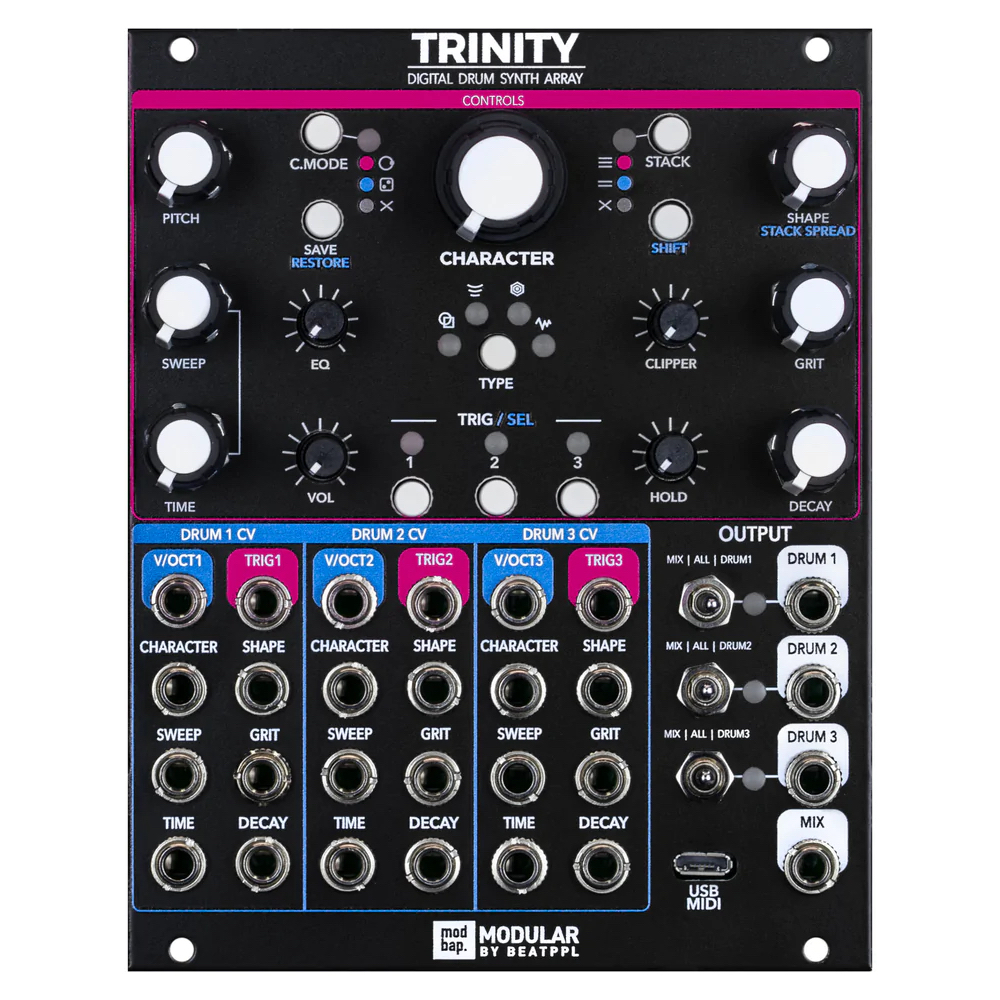
Modbap Modular Trinity
“Made for Eurorack, dope enough for boombap!” In a Eurorack scene which often skews towards techno and experimental styles, Modbap’s slogan marks the SoCal brand out as something quite different. The Trinity is a digital drum module based around the theory that most drum patterns consist of three key sounds. That might typically be a kick, hi-hats and a clap/snare, but the module doesn’t limit you to those options, with its Block, Heap, Neon and Arcade algorithms offering a good range of sounds. Sound sculpting is simple but powerful, with the main controls like Character, Shape and Grit making it easy to tweak the tone in different directions.
A lot of thought has clearly gone into how users can get the most out of three voices, with a round robin mode to cycle through algorithms and a random option offering extreme variation from one hit to the next. Most importantly, though, you’ve got CV control over the key parameters for each voice, meaning that with a bit of clever sequencing you can add modulation and movement, or twist the sound dramatically to create patterns which sound like they have far more than three element. The only downside? It’s not cheap. But with that said, this is a powerful module which can happily handle most drum duties.
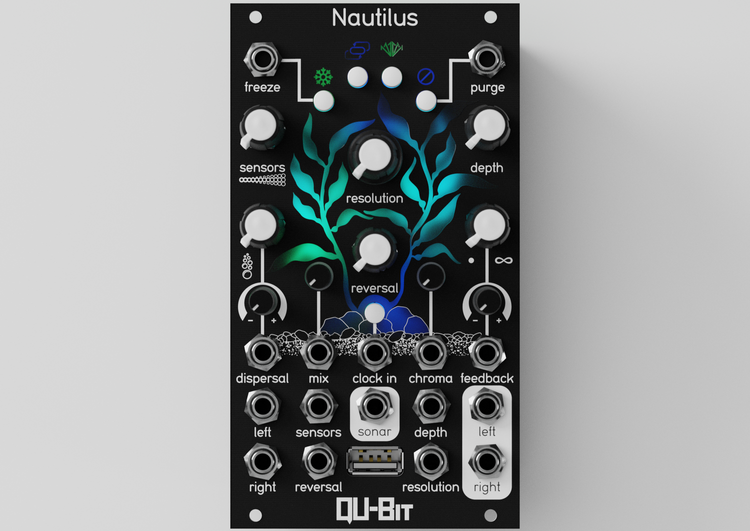
Qu-Bit Nautilus
Inspired by sub-nautical communications and their interaction with the environment, Qu-Bit’s Nautilus is a wonderfully creative stereo delay based around eight delay lines. The aquatic theme is hard to miss here, not just on the beautifully backlit front panel, but also in terms of the sound, which brings to mind deep sea sound effects, submarines, even swimming pools and underwater caves. There’s plenty of versatility thanks to the Fade, Doppler, Shimmer and De-Shimmer modes, while the Chroma setting offers colouration in the form of filtering, bitcrushing, wavefolding or distortion, while CV control of the basics like Dispersal, Resolution, Feedback and the option to Freeze the sound gives you plenty of creative options. Once again, it’s certainly not cheap – something of a theme this month – but the Nautilus is a truly high-end delay. A portion of all Qu-Bit’s proceeds from the Nautilus will also go towards the effort to preserve ocean and coastal environments via the Surfrider Foundation.
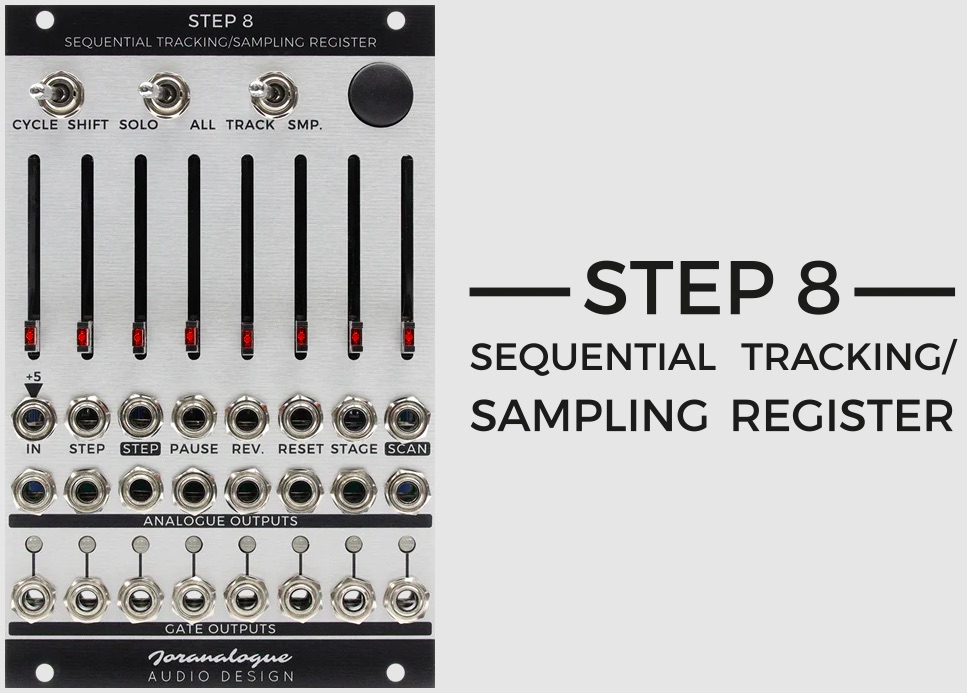
Joranalogue Step 8
Joranalogue’s Step 8 looks like a pretty conventional step sequencer, with an array of eight sliders and CV outs. That’s true, but as well as being a step sequencer it’s also a clock divider, a waveshaper, a programmable voltage source, a signal muter/attenuator and much more. Joranalogue describe it as a ‘sequential tracking/sampling register’ and they’ve done a fantastic job on coming up with a module which is quite simple to get started with but offers serious potential for creative patching. Great value at just under £300 for a module which can do a lot of things very well.
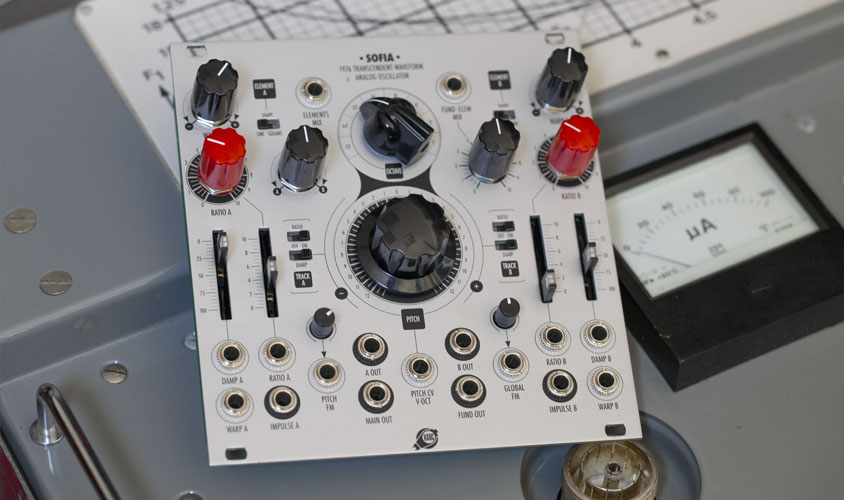
Xoac Devices Sofia 1955 Transcendent Waveform Analogue Oscillator
The FOF (‘fonction d’onde formantique’) approach employed by Xaoc’s Sofia oscillator is unusual even by the brand’s eclectic standards. Based on a fully analogue triangle-core VCO with precise tracking and temperature compensation, harmonics are generated by layering ‘ripple elements’ (decaying sinusoidal waves) over the saturated sine base tone. The sound is distinctive and engrossing, ranging from formant-style vocal tones to acoustic twangs depending on how you modulate the key parameters such as Damp (the decay rate of the ripples) and Ratio (the density of the ripples relative to the fundamental frequency). You could think of it as a different way of achieving some of the more unusual harmonics associated with complex oscillators. Slightly quirky, beautifully organic and worthy of its premium price tag.
Greg Scarth